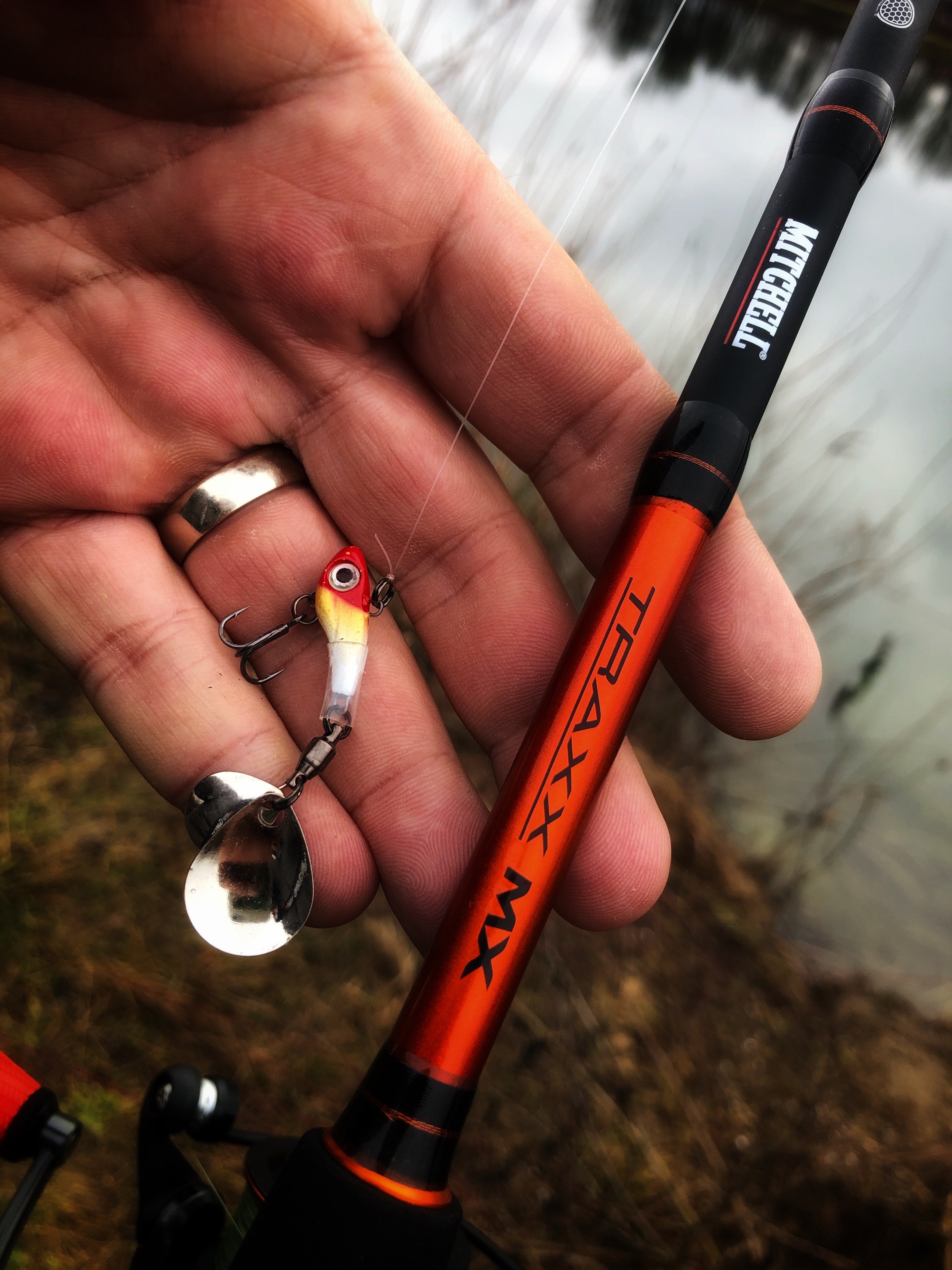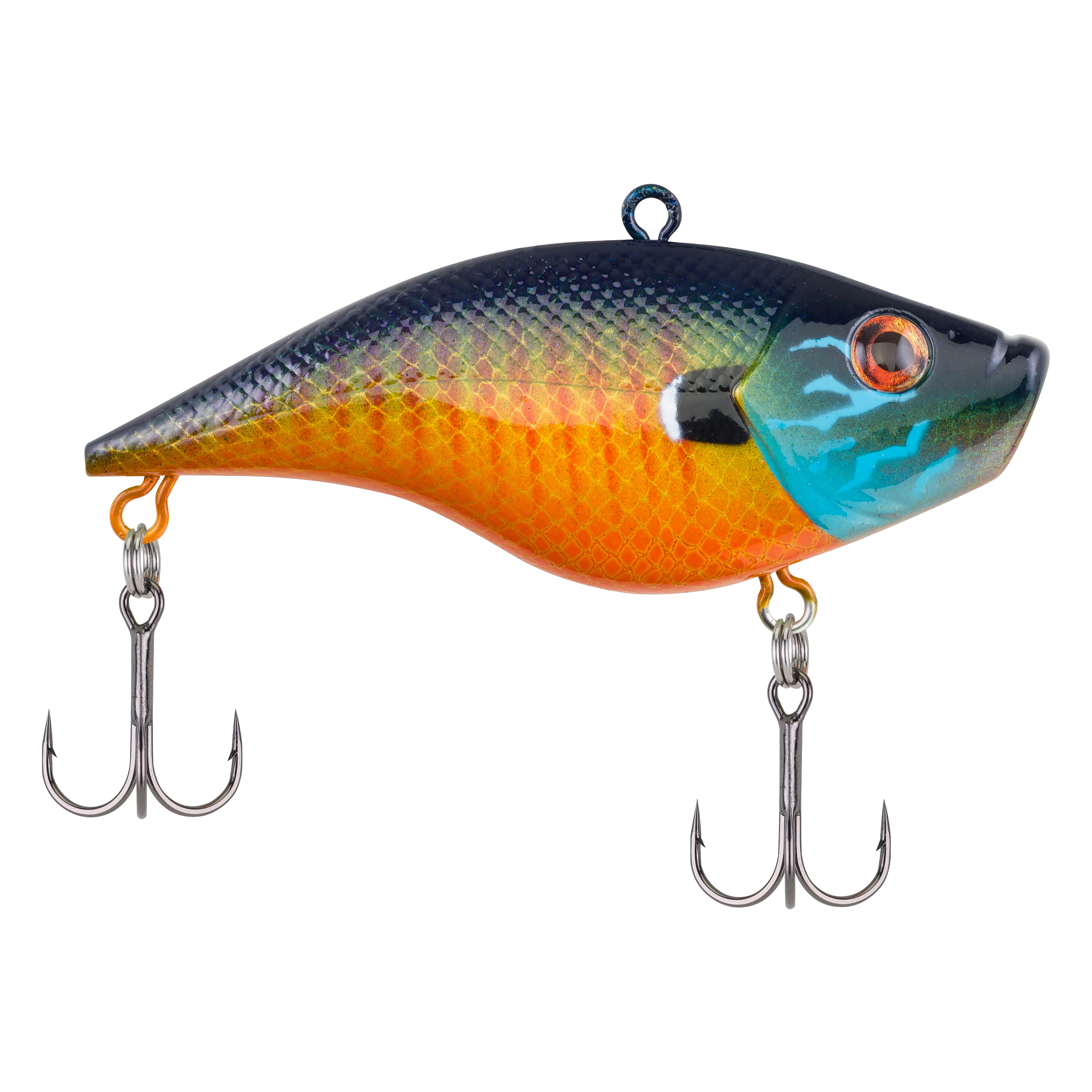LEARN TO CATCH YOUR FAVORITE PREDATOR
Predator fish are masters in surprising their prey. And that’s what makes predator fishing so difficult - how do you fool the master? Scroll down to your favorite predator and learn more about how they look, live, hunt and of course, what you need to do to catch ’em.



LEARN ABOUT THE MOST POPULAR SPECIES YOU’LL BE CHASING, AND FIND THE BEST BAIT FOR THE JOB HERE:

Traxx MX Baitcast 722HP
Read moreSpecies: Pike
- AVERAGE SIZE: 55 CM
- POPULATION: COMMON
- LOCATION: THROUGHOUT EUROPE
- DIFFICULTY TO CATCH: MEDIUM
- FISHING TYPE: LURES AND NATURAL BAITS
- SEASON: SPRING, SUMMER, FALL
- MX COMBO TIP: CASTING 722HP
Species: Pike
Pike can be found all over Europe. They are typical ambush predators; they lie in wait for prey, holding perfectly still for long periods, and then exhibit remarkable acceleration as they strike. They inhabit any water body that contains fish, but suitable places for spawning are also essential. The average length of a male pike is about 55 cm, but the females get a lot bigger! Pike can be caught on any size of bait, but big baits often produce big fish! Pike are very efficient energy managers when they hunt. They prefer selecting a prey that is weak or big, above anything that is smaller or in good shape. So, the trick is to make your bait stand out! Unlike fishing for perch or zander, pike fishing doesn’t have to be subtle. Don’t worry about using lines that are too heavy, or swivels that are too big. This allows you to use bigger and heavier baits and heavier lines. A baitcaster reel is a great help when it comes to bigger baits. It will allow you to cast quicker and more precise, as well as have complete control over the pike during a fight. Here’s the bait you’ll need to pull one in:

Traxx MX Spinning 802M and Traxx MX Spinning 702ML
Read moreSpecies: Zander
- AVERAGE SIZE: 40 CM
- POPULATION: COMMON
- LOCATION: THROUGHOUT EUROPE
- DIFFICULTY TO CATCH: HARD
- FISHING TYPE: LURES AND NATURAL BAITS
- SEASON: SPRING, SUMMER, FALL, WINTER
- MX COMBO TIP: MX 802M SPINNING
Species: Zander
The zander is the largest member of the Percidae and has a long, muscular body which bears some resemblance to a pike. They have powerful jaws which are armed with sharp teeth. Zander have large bulbous eyes which are opaque when the fish is living in particularly turbid conditions, an adaptation to low light. This is where the zander got his nickname ’glass eye’. Zander are usually hunting near the bottom, so softbaits or deep running crankbaits are always a good choice. Don’t go to big, because zander are used to hunt for smaller sized fish. Fishing for zander is always very exciting. They can be very aggressive towards anything that crosses their path, especially during spring time. Because zander almost always hunt close to the bottom and rely on their eyesight, it is wise to look for the right balance between your line, leader and bait. The lighter you can fish, the better. But, you do need to reach the bottom with our bait of course. Zander will almost always attack your bait when it descends or hovers, so try and make that moment as long as possible. When you’re planning to fish for zander from the bank, pick a slightly longer setup (8ft or longer) than usual with a casting weight around 30 grams. If you fish from a boat, a 6-7 ft rod will do just fine as well. Here’s the bait you’ll need to pull one in:
Species: Perch
- AVERAGE SIZE: 20 CM
- POPULATION: COMMON
- LOCATION: THROUGHOUT EUROPE
- DIFFICULTY TO CATCH: EASY
- FISHING TYPE: LURES AND WORMS
- SEASON: SUMMER, FALL, WINTER
- MX COMBO TIP: 702ML SPINNING
Species: Perch
Perch are typically greenish in color with dark vertical bars on its sides with a red or orange coloring in the tips of its fins. They are very aggressive fish, that usually hunt in groups. Perch are carnivorous fish most commonly found in small ponds, lakes, streams, or rivers. These fish feed on smaller fish, shellfish, or insect larvae, but can be caught with nearly any bait. They commonly spawn during the spring, when the females lay strings of eggs in covered areas such as near branches or underwater plants. When fishing for perch, you need to decide upfront what it is that you’re after. If you want numbers, fish as small and as light as possible. Baits like the Berkley Pulse Spintail, or the Power Nymph are fantastic options. Whenever you come across a pack of hunting perch, one of them will take the initiative of attacking your bait. The rest will follow. Even when fighting a fish, you will see other perch following the action. If it is a prize catch you’re after, use bigger baits to rule out the smaller sizes. Big perch are commonly seen when fishing for pike of zander. As a general rule, a rod with a casting weight of around 20 grams will allow you to both target smaller fish, as well as go for the big ones. All you need to do, is adjust the size of your bait. As with zander fishing, a finesse approach will bring you more fish. If you use setups that are too big of heavy, the pack will follow, but none of them will strike. Here’s the bait you’ll need to pull one in:











